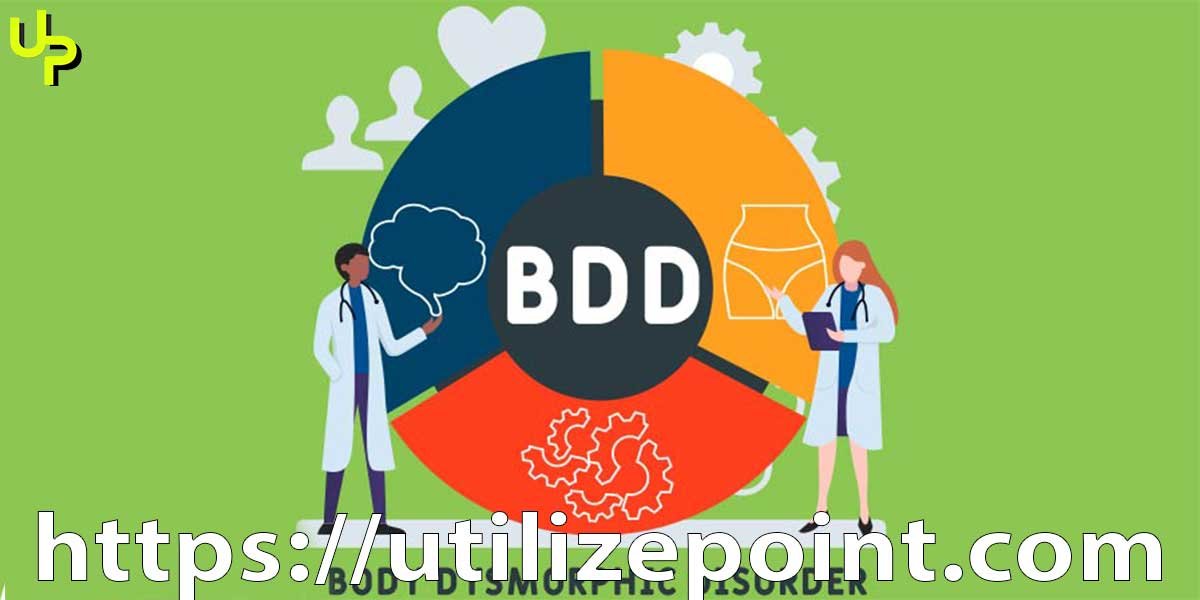Body Dysmorphic Disorder (BDD) is a mental health condition characterized by excessive preoccupation with perceived flaws in one’s physical appearance. Individuals with BDD often experience significant distress and impairment in their daily functioning. In this article, we will explore the causes, symptoms, and available treatments for Body Dysmorphic Disorder.
Understanding Body Dysmorphic Disorder (BDD)
Body Dysmorphic Disorder is more than just feeling dissatisfied with one’s appearance; it involves obsessive thoughts and compulsive behaviors related to perceived flaws. People with BDD may spend hours each day focusing on their perceived defects, which can severely impact their quality of life.
Causes of Body Dysmorphic Disorder
The exact causes of Body Dysmorphic Disorder are not fully understood. However, several factors may contribute to the development of this condition. These factors include genetic predisposition, neurobiological factors, environmental influences, and psychological factors such as low self-esteem and perfectionism.
Symptoms and Signs of BDD
The symptoms of BDD can vary from person to person but often include:
- Excessive preoccupation with one or more perceived flaws in physical appearance
- Frequent mirror checking or avoidance of mirrors altogether
- Comparison of one’s appearance with others
- Repeatedly seeking reassurance about one’s appearance
- Engaging in rituals or compulsive behaviors to hide or fix perceived flaws
- Avoidance of social situations due to concerns about appearance
- Significant distress and impairment in functioning
Diagnosing Body Dysmorphic Disorder
Diagnosing Body Dysmorphic Disorder requires a comprehensive evaluation by a mental health professional. The diagnosis is based on the presence of specific criteria outlined in the Diagnostic and Statistical Manual of Mental Disorders (DSM-5). It is important to rule out other medical conditions that may mimic the symptoms of BDD.
Impact of BDD on Daily Life
Body Dysmorphic Disorder can significantly impact various aspects of a person’s life. It often leads to social isolation, reduced academic or work performance, and difficulties in maintaining healthy relationships. Individuals with BDD may also be at an increased risk of developing other mental health conditions, such as depression or anxiety disorders.
Treatment Options for BDD
Effective treatments are available for Body Dysmorphic Disorder, providing hope and relief for individuals struggling with this condition. The following treatment modalities have shown positive outcomes:
Cognitive-Behavioral Therapy (CBT)
CBT is a widely used therapeutic approach for BDD. It focuses on challenging and modifying distorted thoughts and beliefs related to body image. Through CBT, individuals learn healthier coping strategies, improve self-esteem, and reduce their preoccupation with perceived flaws.
Medications for BDD
In some cases, medications such as selective serotonin reuptake inhibitors (SSRIs) may be prescribed to help alleviate symptoms of BDD. SSRIs can help manage obsessive thoughts and reduce anxiety, which are common features of this disorder.
Supportive Therapies for BDD
Supportive therapies, such as group therapy or family therapy, can be beneficial for individuals with BDD. These therapies provide a supportive environment where individuals can share their experiences, gain insight, and receive encouragement from others facing similar challenges.
Lifestyle Changes for Managing BDD
In addition to professional treatment, certain lifestyle changes can complement the recovery process. These include practicing self-care, engaging in physical activities that promote body positivity, adopting healthy coping mechanisms, and surrounding oneself with supportive individuals.
Coping Strategies for BDD
Learning and implementing effective coping strategies is essential for individuals with BDD. Some strategies include mindfulness and relaxation techniques, challenging negative thoughts, and engaging in activities that distract from obsessive thinking.
BDD in Children and Adolescents
Body Dysmorphic Disorder can affect individuals of all ages, including children and adolescents. Recognizing the symptoms early and seeking appropriate treatment is crucial for minimizing the long-term impact on their well-being and development.
Prevention and Early Intervention
While it may not always be possible to prevent BDD, early intervention and awareness can help reduce the severity of symptoms and improve outcomes. Promoting positive body image, fostering self-esteem, and providing education about healthy self-perception can contribute to prevention efforts.
Conclusion
Body Dysmorphic Disorder is a challenging condition that can significantly impact a person’s well-being and daily life. However, with early intervention, accurate diagnosis, and effective treatment, individuals with BDD can experience improvements in their quality of life and overall mental health.
Frequently Asked Questions (FAQs)
Q: Can Body Dysmorphic Disorder be cured?
A: While there is no definitive cure for BDD, proper treatment and management can help individuals effectively manage their symptoms and lead fulfilling lives.
Q: Can BDD affect both men and women?
A: Yes, BDD can affect individuals of all genders.
Q: Is BDD a form of vanity or self-obsession?
A: No, BDD is a complex mental health condition that involves distorted thoughts and beliefs about one’s appearance, often causing significant distress.
Q: How long does treatment for BDD typically last?
A: The duration of treatment can vary depending on individual needs and response to therapy. It may last for several months to years.
Q: Can BDD symptoms worsen over time?
A: Yes, without appropriate treatment, symptoms of BDD can worsen and have a progressively negative impact on an individual’s life.
